Snappers are a popular table fish, but the stocks are under immense pressure in some parts of the Arafura and Timor Seas (ATS) region. Reliable data on stock status for snapper fisheries in the ATS region are relatively limited and outdated, making the assessment of stock status especially challenging. Gathering up-to-date information on high-value fishery commodities, such as red snappers, will pave the way for better interventions in promoting sustainable fisheries and safeguarding the livelihoods and prosperity of coastal people.
Approximately 50% of Indonesia’s red snapper fishery production comes from the ATS region, making red snappers an important commodity in the country. Species of snappers commonly targeted from the ATS region are Malabar snapper (Lutjanus malabaricus), Crimson snapper (Lutjanus eryphtoterus), Red emperor snapper (Lutjanus sebae), and Goldband snapper (Pristipomoides multidens).
The ATS region’s high productivity supports small- and large-scale fisheries that provide livelihoods for millions of people and is a key contributor to food security. Hence, profiling the red snapper fisheries, including conducting a stock assessment, is vital for improved management and conservation. In Indonesia, data collection will focus on two main fishing ports. Located on the north coast of East Java Province, the Mayangan Fish Port in Probolinggo City serves as a major ‘transit’ fishing base for unloading fish caught from the ATS region. Meanwhile, in Papua Province, the Merauke Fishing Port has been identified as one of the main landing sites, due to the availability of two cold storage.


The GEF/UNDP/PEMSEA ATSEA-2 Programme has teamed up with the Center of Fisheries Research (CFR) of the Ministry of Marine Affairs and Fisheries (MMAF) to gather up-to-date information on snapper fisheries in Probolinggo and Merauke. Since February 2021, the project has supported the deployment of two enumerators to collect data on fish length and weight. On 24 September, a fisheries expert from CFR MMAF visited the Mayangan Fish Port to collect biological samples of red snappers harvested from the ATS region.
A total of 29 samples were collected from fish landed in Mayangan Fish Port, comprising 12 red snappers, 12 crimson snappers and five mangrove jack. “Ideally, to determine the gonad maturity level of snappers, the fresh samples should be analysed microscopically,” explained Kamaluddin Kasim, a fisheries expert at the Center of Fisheries Research. “Nevertheless, for a rapid assessment and to avoid misinterpretation, visual analysis must also be carried out by a fisheries expert,” he added.
The biological sampling provides key information for defining the stock status of the red snapper species by modelling the fish population dynamics, including reproduction. This data can support the development of an ATSEA Red Snapper Environmental Approach to Fisheries Management (EAFM) plan.
ATSEA-2 Programme supports the implementation of EAFM, reduction of illegal, unreported, and unregulated (IUU) fishing, and applying improved fisheries management as a means of advancing certain fisheries towards eventual sustainable certification.
EAFM is employed to improve fisheries management in the region by balancing human well-being and ecological well-being through good governance. To address IUU fishing at the regional level, ATSEA-2 continues to support the Regional Plan of Action to Promote Responsible Fishing Practices including Combatting IUU Fishing (RPOA)-IUU to strengthen its ATS sub-regional component.
(Deti Triani)


